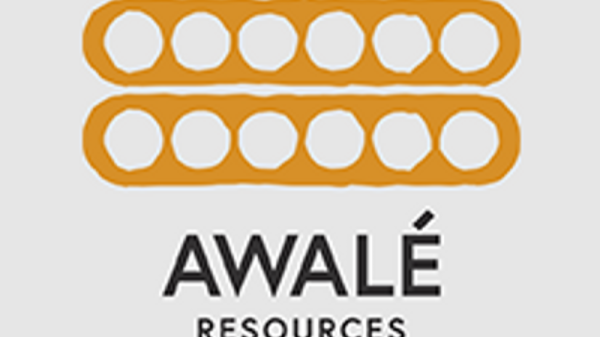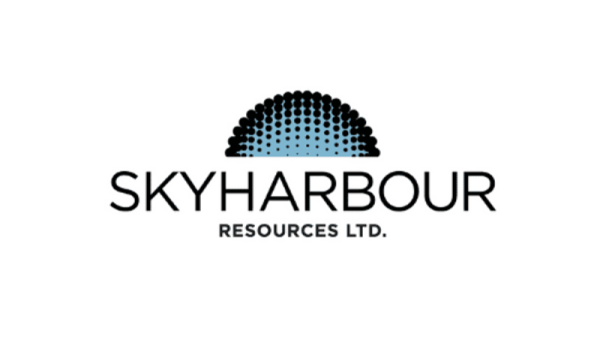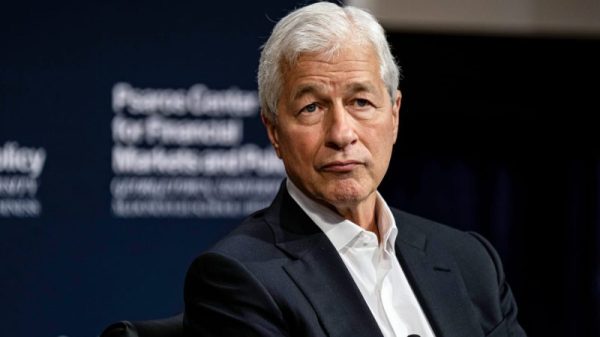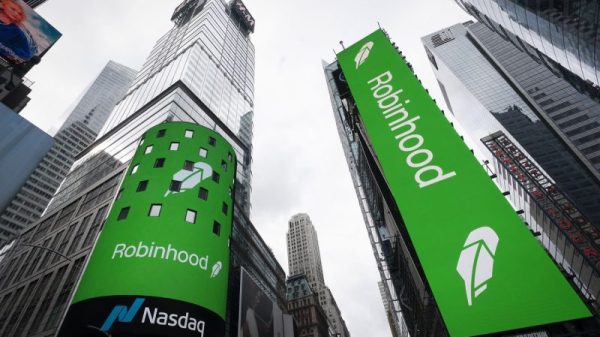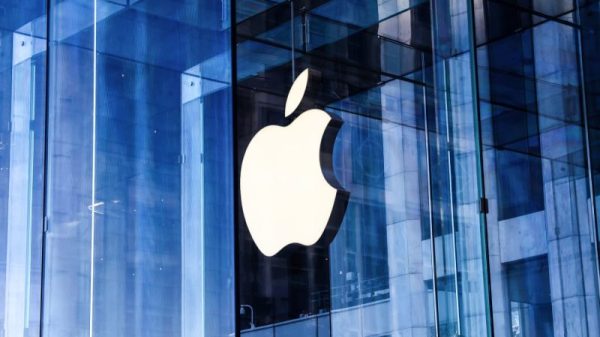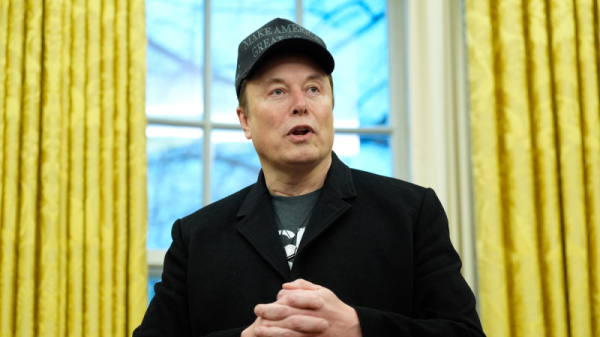Pricing for di-ammonium phosphate (DAP) and potash continued their slide through the first half of 2023, but as the second half wore on, pricing diverged, with DAP gaining strength and potash continuing to trend lower.
The pricing differential was largely due to record high pricing in 2022 that saw farmers reducing their use of DAP and potash products in favor of experimenting with nutrient efficiency and enhanced products.
What happened to DAP and potash markets in 2023?
DAP prices started 2023 at US$637.50 per metric ton (MT), far from the record prices set in April 2022 at US$1,005 per MT, while potash opened the year at US$508.75 per MT.
Overall, both DAP and potash prices fell throughout 2023 as supply lines began to stabilize through the first half of the year and lowered demand caused by the historically high prices continued. Declines that appeared in Q1 2023 and Q2 2023 were of little help to farmers, as much of the application of DAP and potash occur in the fall, which locked farmers into the higher pricing from 2022. Despite these declines prices through the first half of the year were still higher than historical norms.
DAP and potash prices were further impacted in the first half of 2023 by a deal completed in June that would see private potash marketing company Canpotex, which is owned by fertilizer companies Mosaic (NYSE:MOS) and Nutrien (TSX:NTR,NYSE:NTR), export potash to Chinese markets at a rate of US$307 per MT. This price was US$115 per MT lower than a deal struck with Indian importers in April, and the price differential caused analysts at Fitch to downgrade their price projection for year-end potash prices to US$400 from US$450 per MT.
The supply chain stabilization was largely attributable to rebounding Russian exports, which were down 37 percent in 2022 as economic sanctions hampered Russian companies’ ability to process transactions or obtain shipping insurance following Russia’s invasion of Ukraine in February 2022. The UN negotiated a deal in July 2022 that allowed shipments of grain and fertilizer to once again pass through the Black Sea unhindered, as Russia had blocked grain shipments out of Ukraine, leading to food prices skyrocketing. However, the deal, which had helped to reduce food prices by more than 20 percent globally, expired when Russia refused to agree to an extension in July 2023.
Prices spiked in the final days of July with DAP jumping from US$445.50 per MT on July 27 and reaching US$510 per metric ton (MT) on July 31 after short supplies following summer saw buyers paying a premium for lower volumes. Potash prices also saw a slight bump moving from US$328 per MT at the end of June to US$353.13 by the start of August following strikes in the Port of Vancouver that saw shipments restricted.
Nutrien, which is the largest global producer of potash, indefinitely paused a ramp-up in potash production at its Saskatchewan mines in August in response to market conditions that it said were due to lowered prices from destocking in offshore markets and logistics following the strike in Vancouver. The planned production expansion was announced in June 2022 and would see production increased to 18 million MT by 2025, 5 million MT above its 2020 production.
Despite the fallout from escalating tensions between Israel and Hamas that began on October 7, prices have largely been unaffected with potash continuing a downward trend from the August price bump and DAP increasing as demand from farmers once again increased ahead of fall fertilizer application.
Pricing for potash rock had fallen to US$311.88 per MT in December, while DAP closed the year at US$577.50 per MT on December 29.
What is in store for phosphate and potash in 2024?
Pricing in 2024 is expected to continue on a downward trend. According to a Fitch report from December 11, 2023, the firm expects the annual average prices for DAP and potash to fall to US$400 and US$300 per MT, respectively, for 2024.
“Wars continue to rage between Russia and Ukraine as well as Israel and Hamas, with fears of other nations joining the fight,” Linville said. “Normal vessel flows are being threatened with attacks which could impede global flows. We continue to believe that all fertilizer markets will be much more mundane compared to recent years … but we are not many events away from returning volatility.”
Linville was referring to escalating attacks by Houthi rebels in Yemen on merchant ships in the Red Sea, where the Suez Canal accounts for 7 percent of global potash shipments and 5 percent of phosphate rock shipments. Even though an American task force has been targeting rebels, the increasing boldness of the attacks is deterring many shippers from travelling through the Red Sea.
Ships between European suppliers and Asian importers are being rerouted, primarily around the southern tip of Africa, adding significant time to delivery. So far, the impact of change in routes has been minimal, but with continued delays, it may begin to affect profitability and could lead to corrections as shipping costs come in at about 10 percent of fertilizer cost.
Despite Nutrien backing off its expansion plans for the moment, Linville doesn’t see this being a trend. “There are still new plants and expanded production plans that should see the light of day, but it will not be of the size originally thought,” he said.
Linville noted that DAP prices were continuing to rise through the start of 2024, due to tight inventories in the US following a fall run that emptied the system. This has pushed the price of product entering through the port of New Orleans even higher to US$590 per MT three months ahead of the start of the spring growing season in North America.
Investor takeaway
Falling prices from 2022 highs have caused reduced profits among major fertilizer producers, and consequently a slide in share prices. Mosaic and Nutrien’s share prices have seen a rout, both sliding more than 34 percent year over year as of January 30.
While demand is down in part because consumers were driven to alternatives by high prices, it remains to be seen how crop yields will be affected. Additionally, the effect of the black swan events that led to those price gains may have eased, but given tensions along major shipping routes, these events are still simmering and may play into market volatility.
As of now, Linville said, “Exports from Russia have continued with no issue but an expanded conflict or sanctions could put those in jeopardy.”
Investors should keep these factors in mind when looking to invest in DAP and potash markets.
Securities Disclosure: I, Dean Belder, hold no direct investment interest in any company mentioned in this article.

